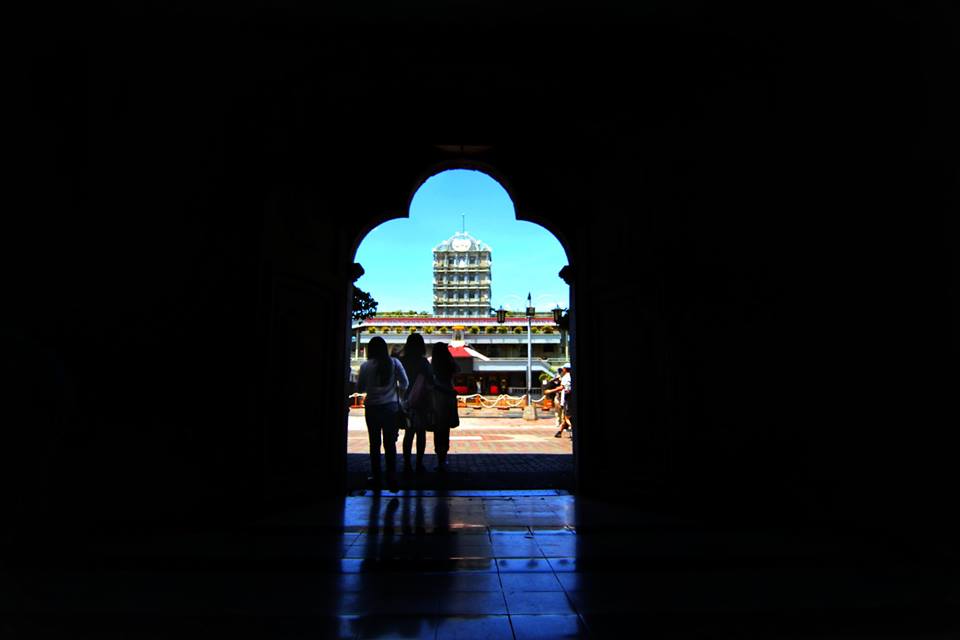Living in the information age, social media has been put on a pedestal ever since it was introduced to the masses. Sharing of everyday moments backed with photos is, therefore, a given and is already part of our lives.
DSLRs, digital, and live-action cameras, and smartphones have revolutionized the way we see social media. Almost everyone, nowadays, wants to own for themselves the best gadgets they could find in the market.
Likewise, in order to deal with this trend, smartphone manufacturers like Huawei, Xiaomi, and ASUS, and even local brands like Chave gone above and beyond not only in enhancing their already-great camera phones but further augmenting it with exciting, more advanced features. With the right amount of tricks and skills combined, anyone can easily end up with professional-like photographs.
Now, with billions of users actively posting their pictures online, such tricks can really come in handy, don’t they?
Thus, this mobile photography guide for beginners.
If taking your mobile photography skills to the next level is one of your life goals—from taking selfies (which you might already have mastered by now) to capturing beautiful scenery during your travel, people, and artistic pursuits—just stick around and you’ll surely find a thing (or two) valuable in your quest to capturing noteworthy shots.
Now, let’s begin.
Let there be Light!
As the Lord had commanded, good lighting is necessary for the world, and so as for capturing clearer pictures. So go out, find a great subject to shoot while getting your dose of sunshine, and maybe try a little street photography by shooting early morning or at dawn where the sun is at its softest.
Different times of the day will have different effects on your photos. If you want to capture the “magic hours” of the day, opt to take your photos during the sunrise or sunset. These are the most popular times of the day for outdoor photography as the sun can cast unique colors during these times. You can also take photos 30 to 40 minutes after the sun sets, or when there’s midday light.
Not a fan of the great outdoors?
No worries. You can stay in and still take some mean images through artificial lighting, to which in layman’s term is simply turning on your lights or using a flashlight to achieve a more dramatic effect. The market is saturated with several lighting equipments, so make sure that you exert time to compare the features of each. This equipment can improve the lighting indoors as you’re taking photos, but each will highlight different parts of the subject. To further play with colors, try adjusting the white balance setting.
Come Closer
Taking shots at a much closer distance is another surefire way to add drama to your photographs. Taking photos up-close will also allow you to showcase the true beauty of your subject without compromising the quality of your photos. Some smartphones even have portrait features that work by automatically blurring out the background, focusing the photo more on your subject.
However, using digital zoom can make your images look pixelated. Digital zoom is a common feature among smartphones but using this will only ruin the quality of your photos. The key is to move towards the subject as near as possible. But get too close, and it can distort your images, so using a macro lens is highly recommended.
Hold It
In order to shoot a clear image, you must be gifted with steady hands, however, only a chosen few are blessed with this. If you are part of the population that is not, then fear no more as I have the right tip for you. Just find an object which you can lean your phone. As you find the right angle upon leaning it, click the capture button.
If you’re not too confident of your first shot, take several photos as you’re leaning your phone towards your subject. This will increase your chances of getting the best shot as you’ll have several options to choose from after.
Another handy trick is to simply use smartphone holders and a tripod. They are available everywhere, just choose the right one for you. Here are some recommendations which I have used in my travel.
- Asus Mini Tripod by Manfrotto
- Yunteng Mini Tripod
- Joby Griptight
Nail Your Composition
According to Wikipedia, the composition is the placement or arrangement of visual elements or ingredients in a work of art, as distinct from the subject of a work.
Your composition impacts not only the appearance of your image – like whether it feels static or dynamic – but also how your viewers respond or react to it. A shot of a few pedestrians crossing the road may not get your attention, but a shot of a solo pedestrian could exude different emotions from lonely to adventurous.
With smartphone photography, the composition is important in light of the fact that, generally, everything in your frame will be in focus. Most often than not, blurring out some details in the image just couldn’t be done, or else, it would lose its authenticity. Therefore, you have to carefully ensure the elements in your frame make for a great shot that conveys your message.
Here are some basics to get you moving and to maximize every shot:
Leading Lines
Our eyes unwittingly are drawn towards lines in pictures.
Therefore, where and how you place these so-called leading lines in your shots will inevitably change the way people view them.
A street, for instance, starting at one point and winding its way to the far end will pull the viewer’s eyes across the scene. You can position different focal points along the lines or simply have one fundamental territory center towards the opposite end that the eye will settle on. Shapes can also be utilized along these lines.
For instance, envision a triangle and position three center points toward the end of each point where the lines of the shape meet. By doing so, you create balance in your shot as well as inconspicuously directing the eye.
Use Frames
Frames have different uses with regards to composition. They isolate subjects bringing the eye directly to it.
They cover up undesirable things behind it giving a picture profundity and help create context.
They are easy to find for they can be man-made (scaffolds, arches and fences), natural (tree branches, tree trunks), or even human (hands formed into a shape).
If you want to use frames in your photos, it’s important to be creative. When shooting outdoors, for example, place your photos in a location that has flowers or branches of trees that you can use as frames. You can even make use of elements present in your location in order to create these frames.
Rule of Thirds
The most essential of all photography rules is tied in with dividing your shot into nine equal segments by a set of vertical and horizontal lines.
With the imaginary frame in place, you should put the most significant element(s) in your shot on one of the lines or where the lines meet. It’s a strategy that works well for landscapes.
You can position the skyline on one of the horizontal lines that sit in the lower and upper part of the photo, while your vertical subjects (trees, buildings, etc.) can be set on one of the two vertical lines.
Patterns and Symmetry
Filling your frame with a repetitive pattern gives the shot more effect. Shots, where there’s symmetry in them, e.g. light posts lining along either side of a road, a long queue of trees or a progression of curves, can likewise be utilized to lead the eye to a single point. Just remember, a focal point is still necessary, or else, it won’t work as well.
Symmetry can likewise include non-related objects that take after each other in color, texture, or shape. To be different, break the dreary repetition with one shape/hue that sticks out from the rest. You’ll probably have to play around to know and see how positioning the ‘oddball’ changes the composition/feeling of your shot.
Takeaway
Contrary to popular belief, mastering mobile photography is actually easy. Along with your patience and commitment to take breathtaking photos, following the tips in this article will surely help.
Mobile photography will not reach its peak now if not with the help of the best photo apps out there! Having been able to use most of them, let me share with you some of my personal favorites.
Snapseed
Basically gives you all the essentials in editing your pictures. No need to say more on this one.
PicsArt
An app that lets you be truly creative with its almost limitless features ― and it’s starting a movement to help the people “go beyond the filter” and make awesome pictures
Polarr
This app offers powerful auto-enhancement tools and advanced filters for every detail of your photo.
Fotor
Considered as an all-in-one photo editing toolkit, Fotor has evolved from being one of the most user-friendly ‘on-the-go’ utility apps
Pro Camera
Remember those shaky hands this app is best for you as it has an anti-shake mode and a fast shutter. Not to mention the fact that you can manually manage the exposure and focus point of your image.
And now, you may start setting foot on your path to being a great mobile photographer and maybe gain fun or even fame as you go through the process.







